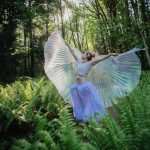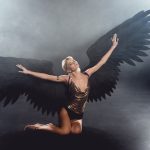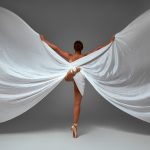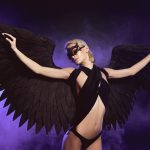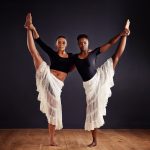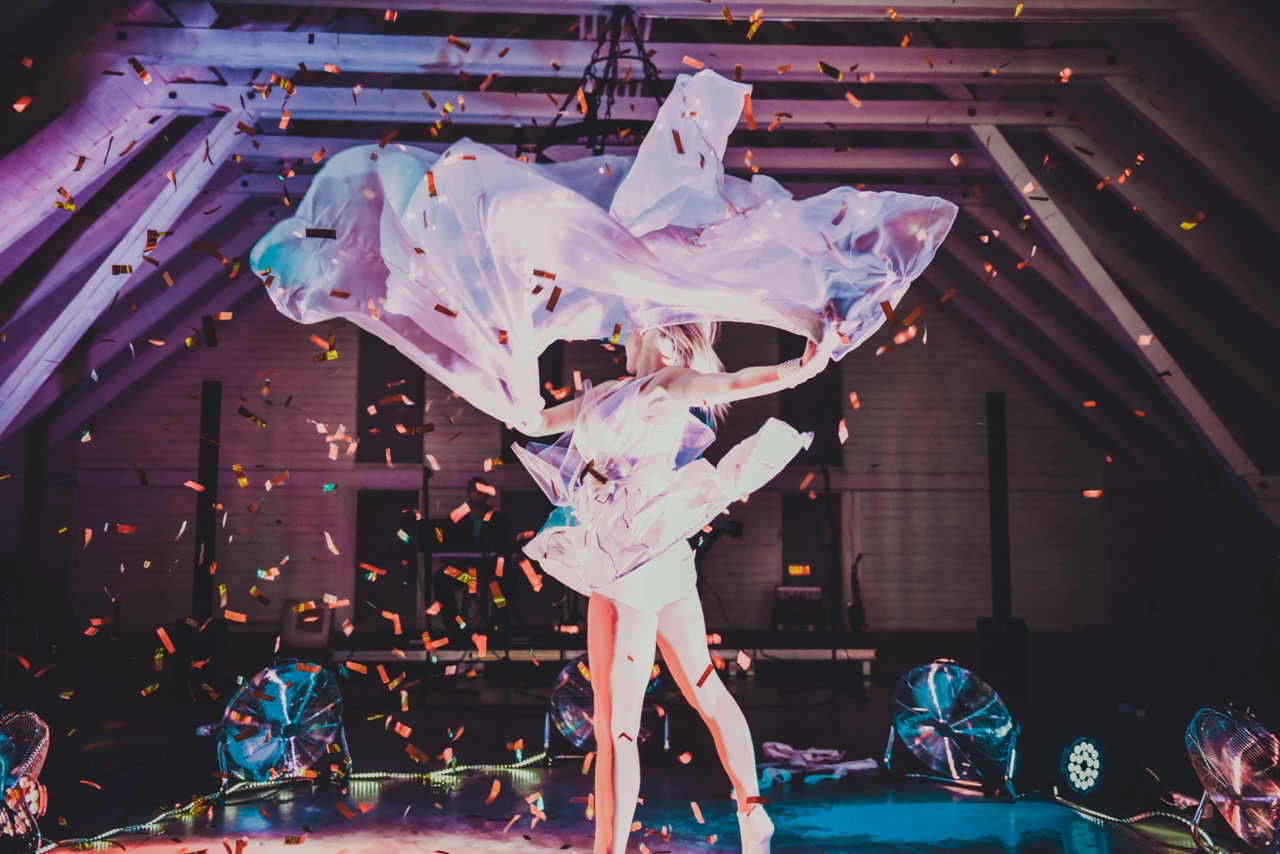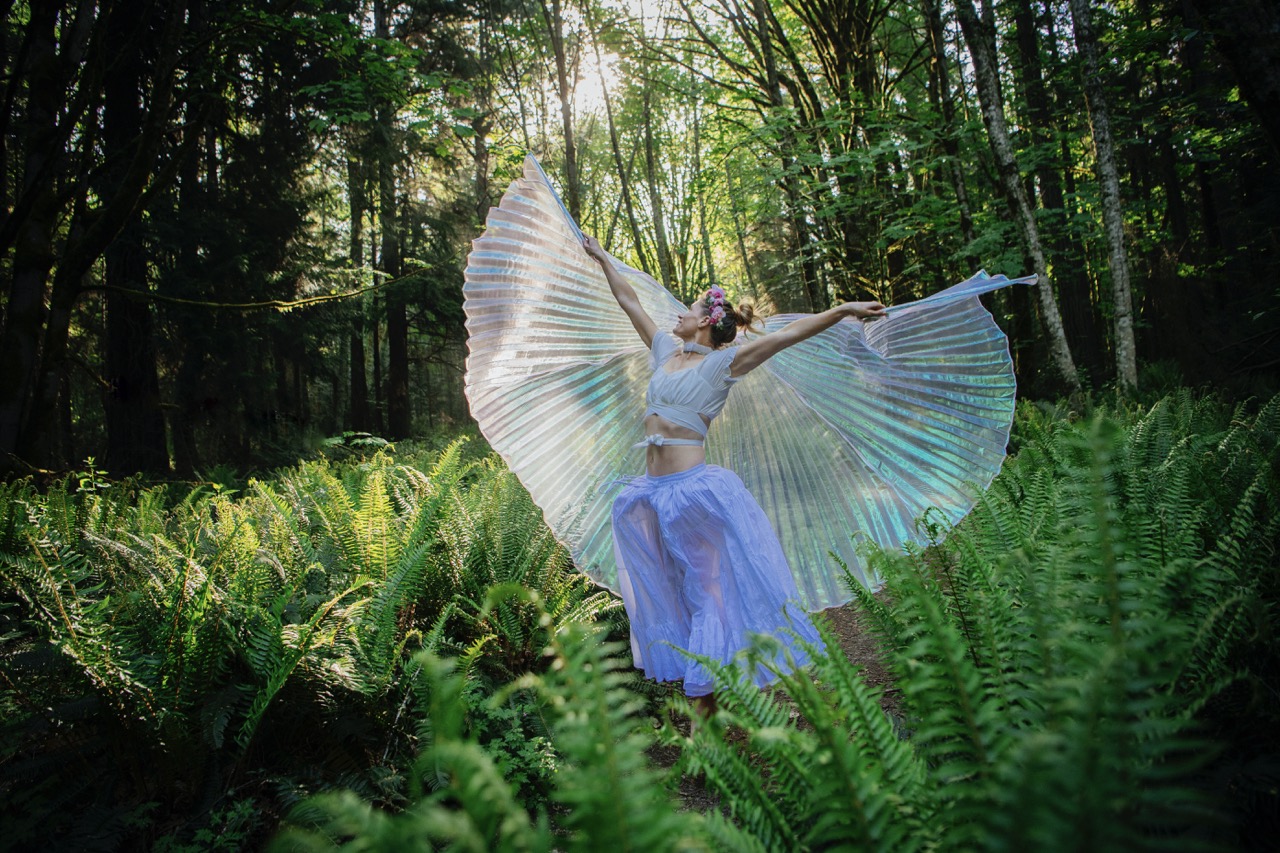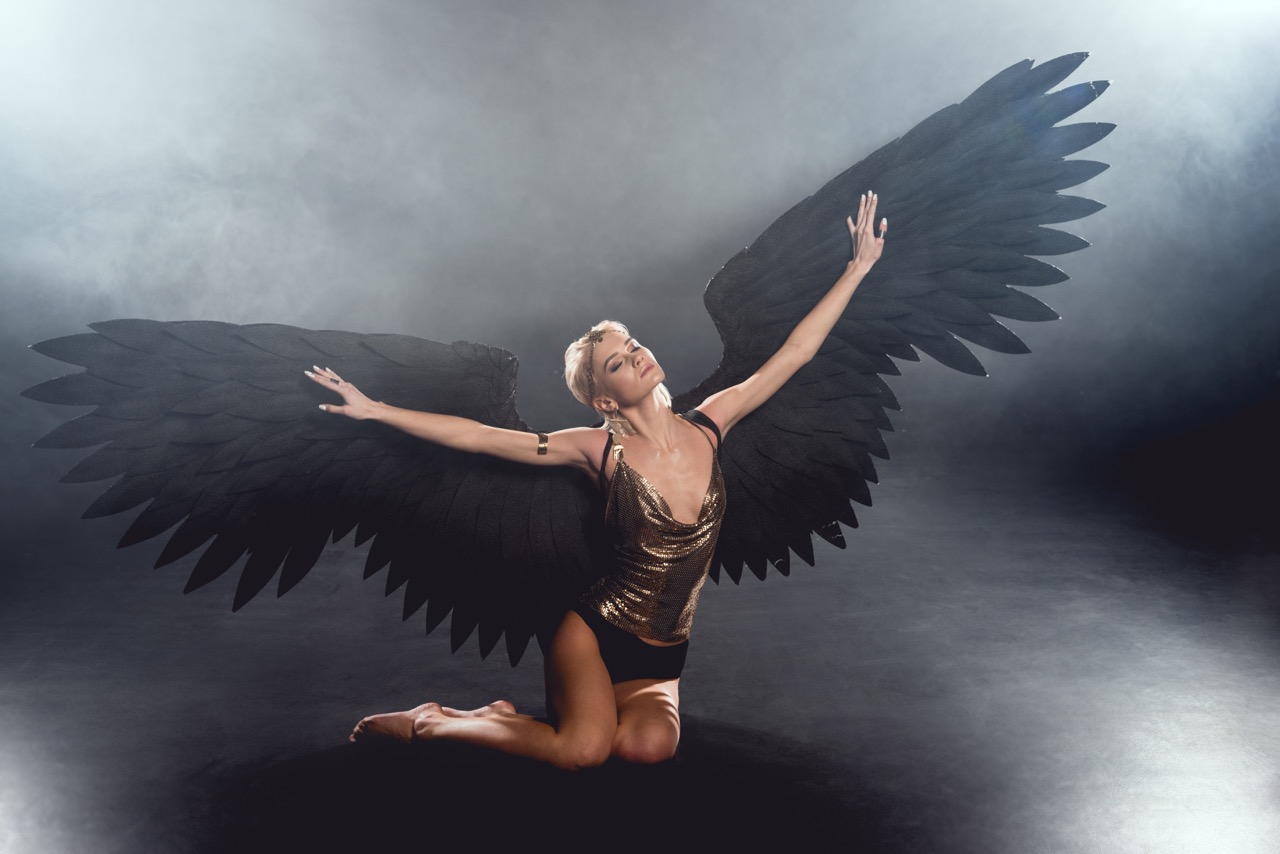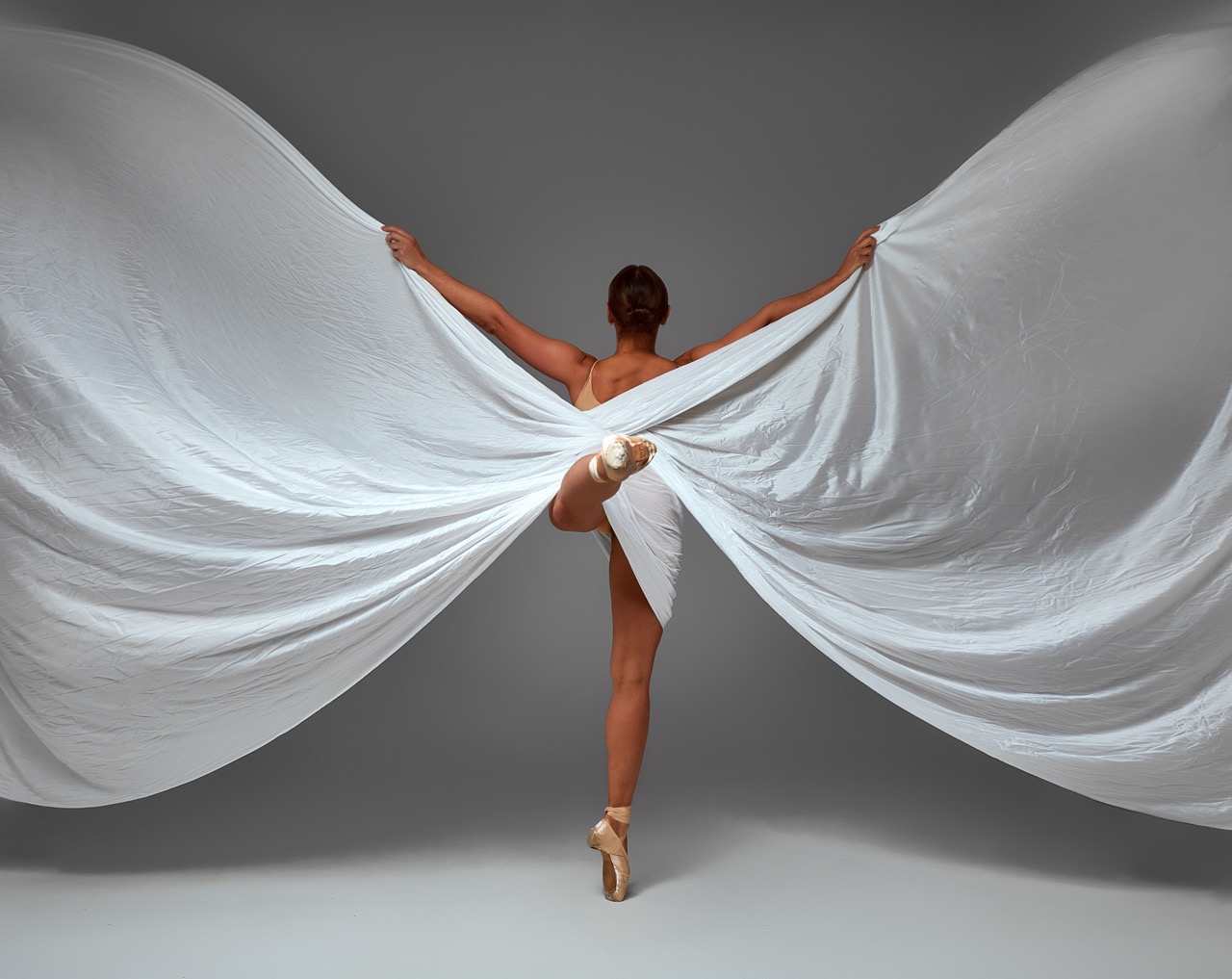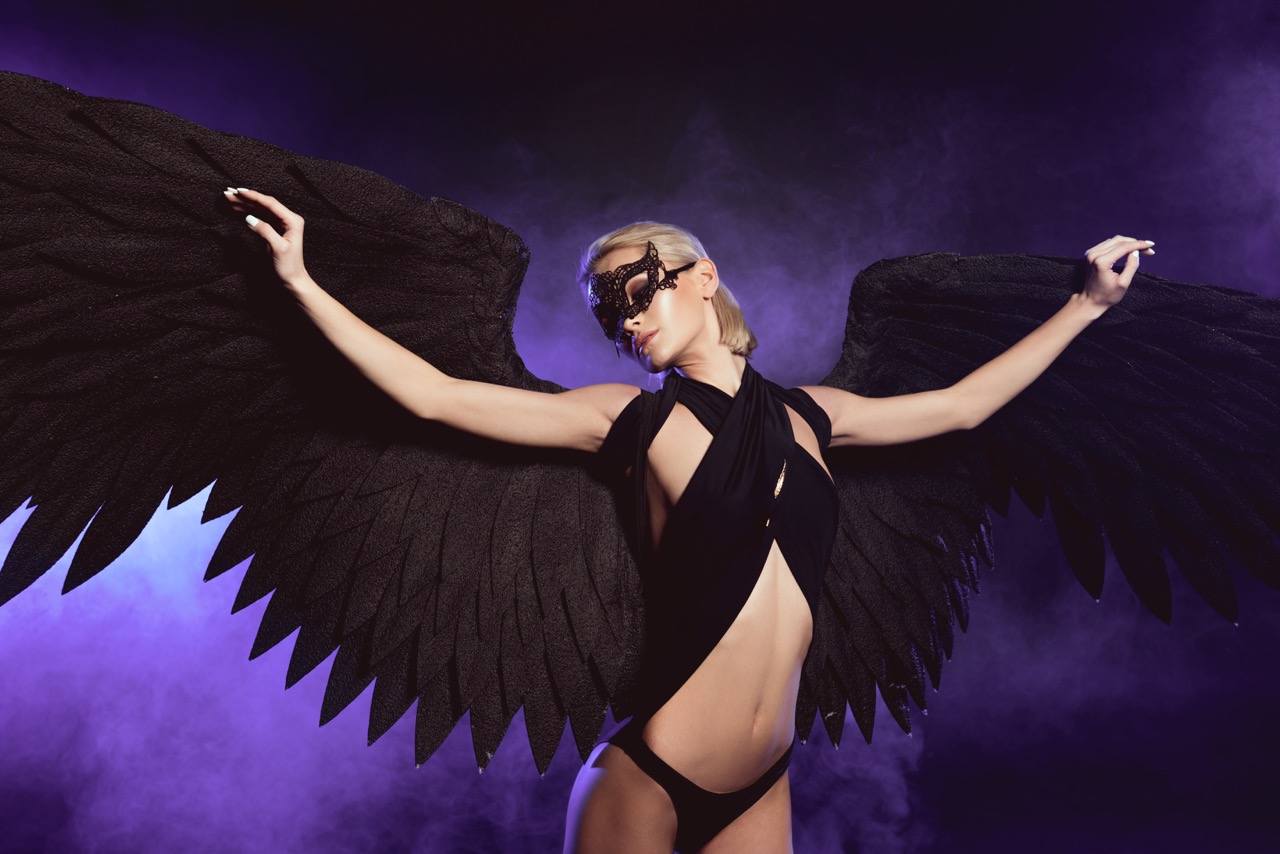The ethereal beauty of winged costumes has captivated audiences for centuries, from the delicate flutter of fairy wings to the grandiosity of angelic attire. These costumes embody grace, fantasy, and a sense of movement that can elevate a performance to new heights. Creating flowing movements with winged costumes is an art form that combines thoughtful design, material selection, and skilled choreography. This article delves into the intricacies of winged costume design, exploring how to achieve breathtaking movements that leave a lasting impression.
Embracing the Art of Winged Costume Design and Movement
Designing a winged costume is about more than aesthetics; it’s about envisioning the story you want to tell through movement. Effective winged costume design begins with understanding the character or concept you wish to portray. Are you embodying a mystical creature, a celestial being, or perhaps a historical figure? Each choice informs the style, shape, and color of the wings, which should enhance the narrative rather than distract from it.
Additionally, successful winged costumes often incorporate elements that reflect the essence of flight. Consider the silhouette and structure of the wings: should they be large and dramatic, or small and delicate? The proportion of the wings to the performer’s body is crucial, as it influences how the costume interacts with movement. A well-designed winged costume not only complements the performer but also amplifies their gestures, making every movement feel more expansive and enchanting.
Lastly, consider how the costume interacts with the space around it. The design should take into account the performance environment, whether it’s a stage, an outdoor setting, or a closed venue. The materials used can affect how light plays off the wings, enhancing the visual allure when the performer moves. By embracing the relationship between design and movement, creators can achieve a harmonic balance that captivates audiences.
Selecting Materials for Fluidity and Grace in Motion
When it comes to winged costumes, the choice of materials plays a pivotal role in achieving fluidity and grace. Lightweight fabrics such as chiffon, organza, and silk are ideal, as they allow for effortless movement and create a stunning visual effect when caught by the air. These materials can drape beautifully, flowing with the performer’s body and mimicking the natural movements of flight.
Additionally, the structure of the wings is equally essential; they should be constructed from lightweight yet sturdy materials such as foam, lightweight metal, or even flexible plastics. This ensures that while the wings are substantial enough to hold their form, they are light enough for the performer to control without strain. Incorporating elements like feathers or iridescent materials can further enhance the visual impact, adding depth and intrigue to the overall look.
Finally, consider integrating fabrics that respond to movement. For example, layering different materials can create a cascading effect, where one layer flows gracefully over another. This layering can evoke the sensation of wind or a gentle breeze, enhancing the performance’s emotional impact. The careful selection of materials will contribute significantly to the overall effectiveness of the costume, allowing performers to embody their characters fully and achieve the desired flowing movements.
Mastering Techniques for Dynamic Flowing Movements
To bring winged costumes to life, performers must master techniques that enhance their movements and allow the wings to flow seamlessly. One essential technique is the art of breath control. By coordinating breath with movement, performers can create a rhythm that gives their actions a natural and fluid quality. Practicing breath work not only helps to stabilize one’s presence on stage but also enhances the emotional resonance of the performance.
Incorporating specific body movements can further accentuate the effect of the wings. Techniques such as leading with the elbows or wrists can help direct the wings, allowing them to catch the light and create captivating illusions as the performer moves. Dancers and actors should focus on integrating the upper body with the lower body, creating a cohesive flow that makes the wings appear as an extension of themselves rather than a separate entity.
Finally, practicing improvisational movements can unlock new possibilities for expression. As performers experiment with their movements, they can discover how the wings respond, allowing them to refine their techniques and develop a unique style. This exploration of movement enhances the overall performance, creating a captivating visual spectacle that draws the audience’s attention and leaves a lasting impression.
Enhancing Performance with Choreography and Practice
Choreography is a powerful tool for maximizing the impact of winged costumes. Well-structured choreography can create moments of tension and release, allowing the wings to enhance the visual narrative of the performance. Incorporating varied tempos, from slow, sweeping motions to quick, dynamic gestures, can create a rich tapestry of movement that maintains audience engagement.
Moreover, synchronizing movement with music or sound can elevate the emotional experience of the performance. The rhythm of the music can dictate how the wings move, guiding the performer in how to express different moods and stories. This alignment enhances the cohesiveness of the performance, transforming it into an immersive experience for the audience, where sound and movement work in harmony.
Ultimately, consistent practice is vital for mastering the combination of choreography and winged movement. Regular rehearsals help performers internalize the flow of the movements, ensuring that they feel natural when executed. This practice not only builds confidence but also allows performers to refine their techniques, making adjustments as needed to perfect the balance between costume and movement.
Creating flowing movements with winged costumes is a multifaceted endeavor that requires a blend of artistic vision, material selection, and technical skill. By embracing the art of winged costume design, selecting appropriate materials, mastering dynamic movement techniques, and enhancing performances with choreography and practice, performers can transport their audiences into a realm of enchantment and wonder. With dedication and creativity, the potential for breathtaking performances is limitless, allowing the magic of winged costumes to soar to new heights.
